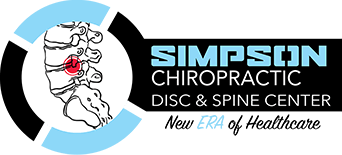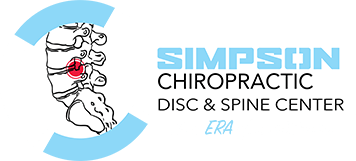REHABILITATION
Physical rehabilitation is a therapeutic practice to restore function and range of motion to damaged tissues. Exercises and stretches are often implemented to help heal tissues and regain full dynamic motion in joints. Physical rehabilitation has helped countless people restore function and mobility to their bodies, greatly improving overall quality of life.
WHAT IS PHYSICAL REHABILITATION THERAPY?
Physical rehabilitation therapy provides treatment for those who are experiencing pain or have difficulty moving, functioning or living life normally. Physical rehabilitation therapy is commonly used to relieve pain, increase range of motion, assist in the recovery of sports-related injuries, provide rehabilitation after a stroke, injury or surgery, and to educate individuals on how to use mobility devices such as canes and walkers.
Physical rehabilitation therapists typically start by assessing a patient’s mobility, balance, heartbeat and posture. After a thorough evaluation, therapists develop a treatment plan to ease symptoms and to help regain functionality or mobility. Common therapies used by physical rehabilitation therapists include:
- Special exercises and stretches
- Massage, ultrasound, heat or cold therapy
- Rehab and exercises
- Practicing with devices that assist with movement or balance
- Balance and gait retraining
- Pain management
- Cardiovascular strengthening
- Casting, splinting or use of orthotics
WHY WOULD SOMEONE NEED PHYSIOTHERAPY?
Someone may undergo physiotherapy for any of the following reasons:
- To reduce or eliminate pain
- To avoid surgery
- To improve mobility
- To recover from a stroke
- To recover from or prevent a sports injury
- To improve your balance and prevent falls
- To manage diabetes and other vascular conditions
- To manage age-related issues
- To manage heart and lung disease
WHAT SHOULD I EXPECT FROM PHYSICAL REHABILITATION THERAPY?
The first visit with a physical rehabilitation therapist will start with a very thorough examination. This will include asking you questions about your condition. So that your treatment plan can be the most effective, it is crucial to be open and honest with your physical therapist. They will cover topics such as where you are feeling pain, what the level of pain is, and your health history. After this, they will evaluate your physical abilities, such as:
- Strength
- Range of motion
- Flexibility
- Posture
- Mobility
- Balance
- Coordination
- Skin integrity
- Muscle function
This exam has no pass or fail, but is used to learn how your condition affects your daily life and activities. The exam may also involve a blood pressure check and a physical assessment of pain via palpation. The physical therapist may move you through various motions to assess the state of your muscles, joints and tissues.
-
“My husband and I have been going to Dr Simpson for several years now. He is the Best Chiropractor in town! They can always get you in and the staff is super nice and courteous. They truly care about your well being! Five stars all the way!! ”
- Sharon R.

